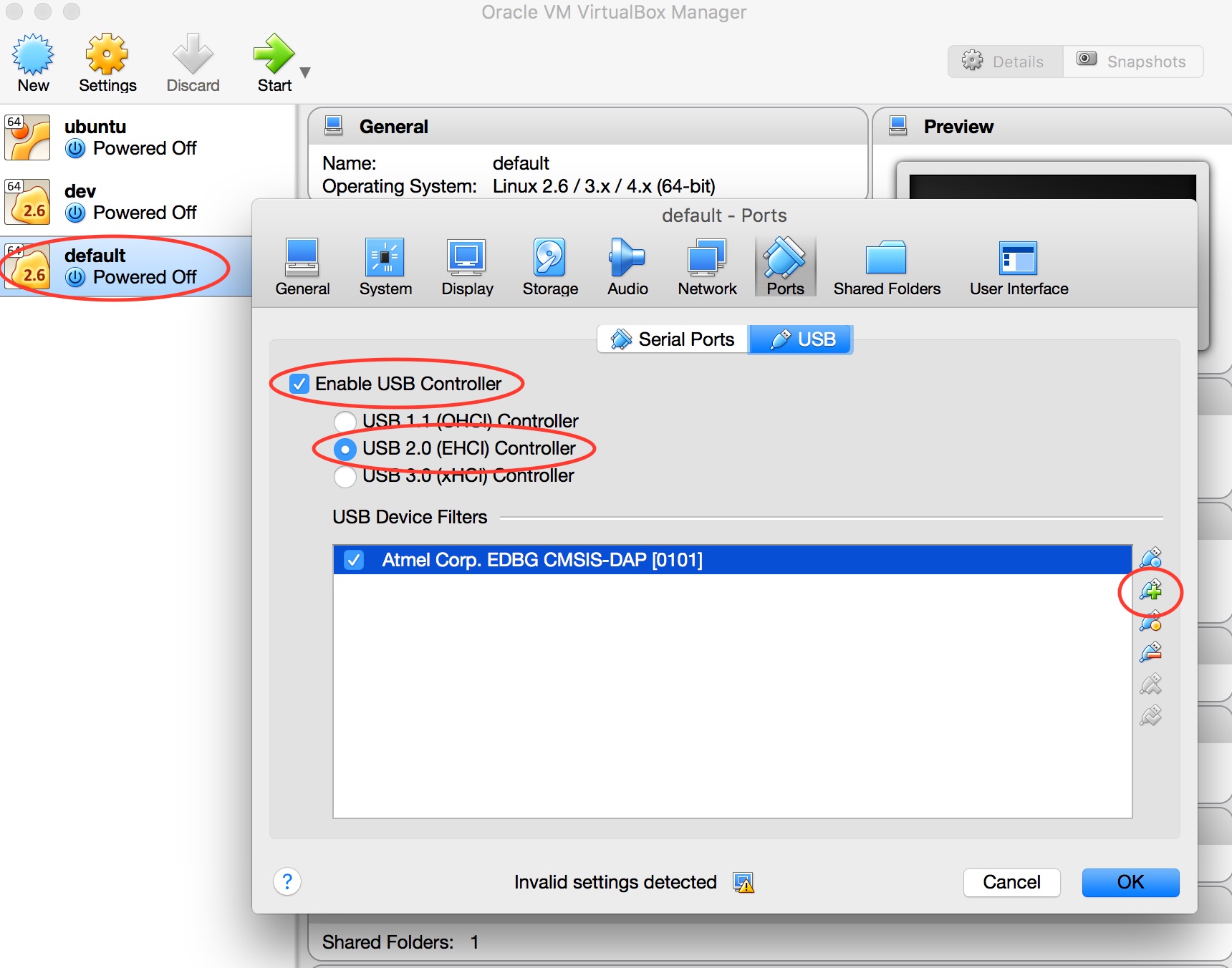

- #Docker for mac and virtualbox install#
- #Docker for mac and virtualbox upgrade#
- #Docker for mac and virtualbox code#
#Docker for mac and virtualbox code#
My main use case, currently, for Docker containers is to test code written to run on Linux servers. The use case for sharing local files with a Docker container See the GitHub repo for examples of the workaround. I have developed a workaround using rsync. If you want to support both Docker Toolbox and Docker for Mac, check out the Docker Version Manager (DVM).If you are using Docker Toolbox then you may have noticed that data volumes mapped to local directories on the Mac (using the -v option of the docker run command) do not see changes made to the local files.

This may also happen if you use Docker Universal Control Plane (UCP). Running docker version in a command shell displays the version of the client and server you have on your system.
#Docker for mac and virtualbox install#
If you already have Docker Toolbox, and then you install Docker for Mac, you may get a newer version of the Docker client. You want the Docker client and Engine to match versions mismatches can cause problems where the client and host cannot communicate. Multiple Docker Versionsĭocker for Mac replaces docker and docker-compose with its own versions if you already have Docker Toolbox on your Mac, Docker for Mac still replaces the binaries. If you use a shell script to set the Docker environment variables every time you open a command window (Terminal), you need to unset the variables every time you use Docker for Mac (alternately, you can write a shell script to follow behind and unset the variables).
#Docker for mac and virtualbox upgrade#
You can upgrade your OS to the most recent viable version, provided your system supports it. Unfortunately, if you do not run “Mountain Lion” or later, you cannot run Docker for Mac. Further configuration is required.įor online documentation and support please refer to .Ĭommercial support is available at.

If you see this page, the nginx web server is successfully installed and working. Visit to bring up your new homepage you should see: If you do not have the image locally, Docker pulls it from Docker Hub (more on this later). Select About Docker to make sure you have the latest version.Ĭheck versions of Docker Engine, Compose, and Machine.ĭocker run -d -p 80:80 -name webserver nginx You can access settings and other options from the whale in the status bar.Ī.Docker presents some information on completing common tasks and links to the documentation.The whale in your status bar indicates Docker is running and accessible.Double-click Docker.app to start Docker.You need to authorize the installation with your system password.Double-click the DMG file, and drag-and-drop Docker into your Applications folder.You cannot use localhost in this setting instead, the container’s ports map to the VM’s ports. The macOS Docker client talks to the Docker host VM, and your containers run on the host. On macOS, Docker’s daemon runs inside a Linux VM. On an “out-of-the-box” Linux installation, the Docker client, daemon, and all containers run directly on localhost, meaning you can access ports on a Docker container using localhost addressing something like localhost:8080 or 0.0.0.0:8376. Take a few minutes to understand some key concepts before you install Docker. You must not have a VirtualBox installation earlier than version 4.3.30 on your system.OS X 10.10.3 Yosemite or newer (or macOS).2010 or newer, with Intel’s hardware Memory Management Unit (MMU).Docker Machineĭocker for Mac does not affect previous machines created via Docker Machine, The installation gives you the option to copy containers and images from your local default machine if you have one. When you want to use a VirtualBox VM you have set up with docker-machine, simply run eval $(docker-machine env default) (assuming you want to target the machine “default”). When you use Docker for Mac, you need to unset all of your environment variables, using one of the methods above. You can run both Docker Toolbox and Docker for Mac on the same system, but not at the same time. Running Docker Toolbox and Docker for Mac on the same host When you run env | grep DOCKER now, you should see no output. If you use Bash, you can use unset $ to unset all of the Docker environment variables (this does not work in other shells, like zsh or csh).


 0 kommentar(er)
0 kommentar(er)
